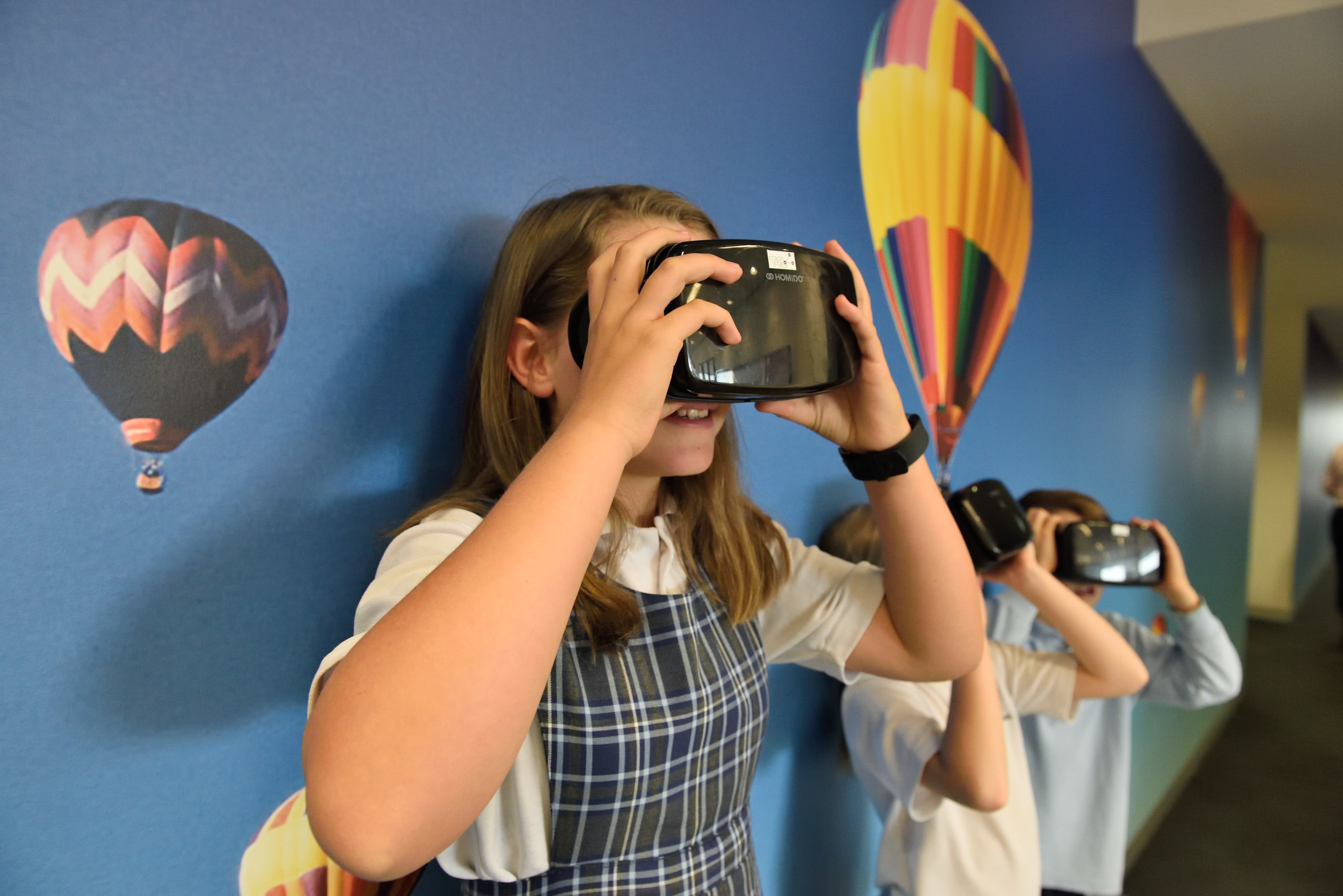
Six ways that EdTech is transforming education
If you work in education, you’re likely to be aware of the huge potential of technology, or EdTech, for students and teachers.
EdTech is the mix of hardware, software and educational theories that can make learning easier and improve outcomes.
And a government EdTech strategy, backed by a £10 million investment, aims to bring more new and helpful tech innovation to schools.
The UK government launched the strategy in 2019. The plan is to encourage tech that reduces teacher workload, boosts student outcomes and levels the playing field for students with special needs.
Where to invest
Budgeting priorities are a main concern of education buyers. They need to make sure that every pound spent goes where needed.
Understanding what’s out there is the first step in an investment decision, so here are six ways that EdTech is transforming education:
1. Hyper-personalisation
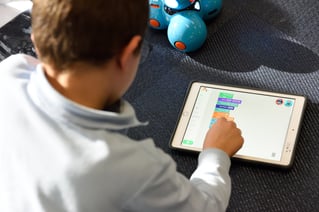 Artificial intelligence is coming fast. Many of us ask Siri questions on our phones and some car models now offer self-parking.
Artificial intelligence is coming fast. Many of us ask Siri questions on our phones and some car models now offer self-parking.
Tech companies have been developing AI to deliver hyper-personalised learning for each student.
AI systems can create custom learning profiles and training materials for students. These profiles can be based on their way of learning, ability and experience.
And many schools and colleges are already using software programmes and mobile apps that offer multiple levels to meet the needs of each student.
2. SEN inclusion
Including students with special educational needs is easier with tech.
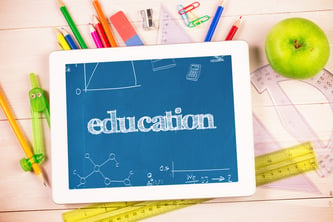
This includes videos and learning games that help students keep up with a lesson, if they find it hard to listen.
For pupils that struggle with writing on their own, technology can help them to record their notes.
Text-to-speech and speech recognition software can help pupils with dyslexia to improve their reading and check their own work, while eye-gaze technology can help pupils with severe motor impairments to communicate.
3. Interacting in class
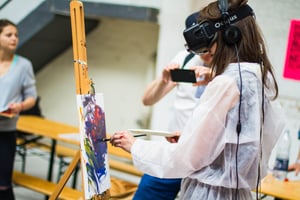 Tech can deliver higher levels of pupil engagement and reduce classroom management issues.
Tech can deliver higher levels of pupil engagement and reduce classroom management issues.
Tablets and other devices give students greater control, while virtual reality and wearable technology can help to make learning more interactive and engaging.
Education is the second biggest driver of development in virtual reality after gaming. Schools are using virtual reality headsets to help students travel around the world, from exploring the pyramids of Giza to experiencing Niagara Falls.
.jpg?width=300&name=zmorph-multitool-3d-printer-FB1vd3XT_zQ-unsplash%20(1).jpg)
4. 3D printing
3D printers give students endless opportunities to take something from a computer screen and make it real.
Among the ways that 3D print can do this are by printing historical artefacts, a sculpture that a student has designed, or by producing a topographical model.
5. Streaming
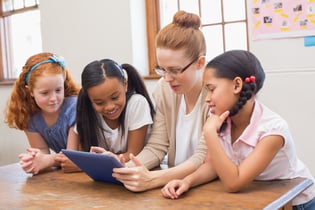
It’s much easier for teachers to bring topics to life for students with video.
After talking through a point in history or natural phenomenon, the educator can click onto a YouTube video to show it in action. This helps to make subjects more compelling and engaging for students.
6. Time saving
Teachers’ lives have become a little easier since the arrival of online resources, such as Twinkl and TES.
These use educational content creators to share ideas, lesson plans and worksheets, and helps teachers cut down on the time they would otherwise spend creating lessons from scratch.
With Banner you can transform your educational experiences with EdTech
For more details contact our Education Team at publicsectorenquiries@banneruk.com or phone Banner on 0843 538 3311.
If you're interested in becoming a Banner customer please email contact.banner@BannerUK.com.
Join us on LinkedIn or follow us on Twitter. Or subscribe to our blog for notifications on our latest articles by adding your email to the subscribe box at the top of this page.

